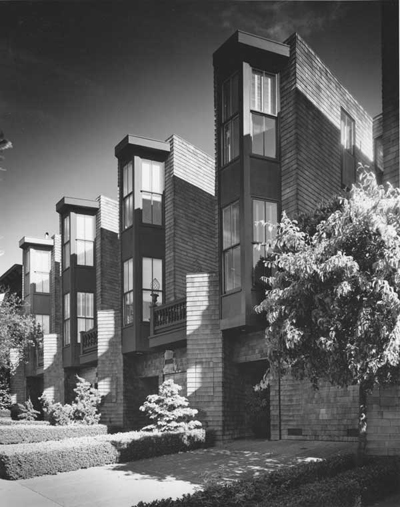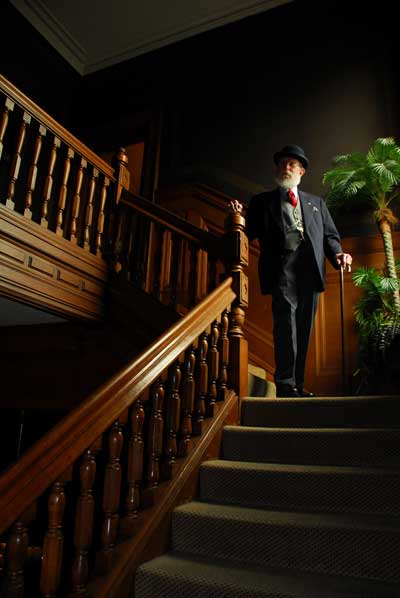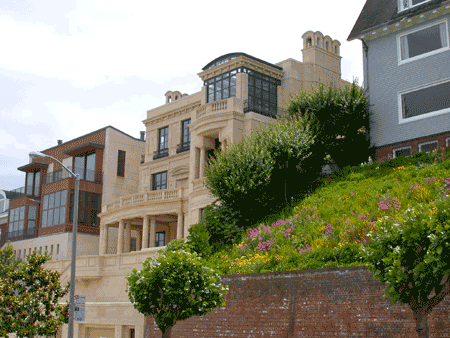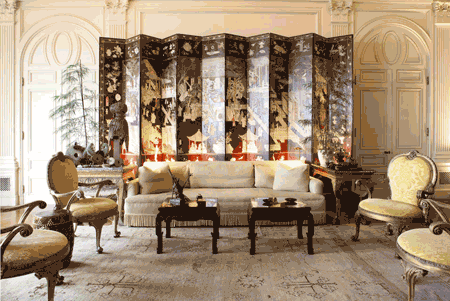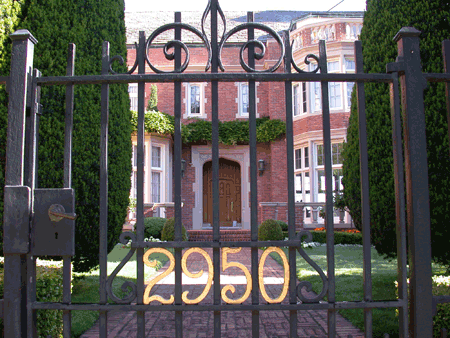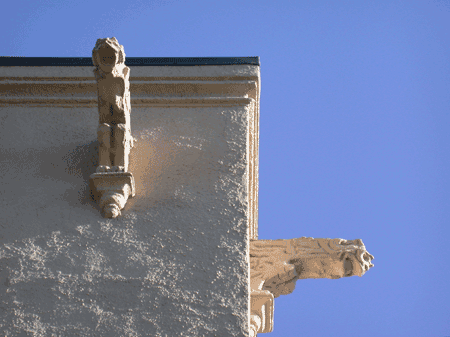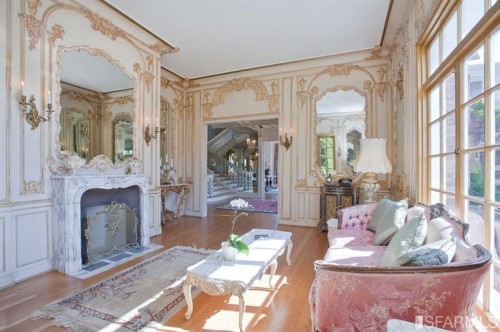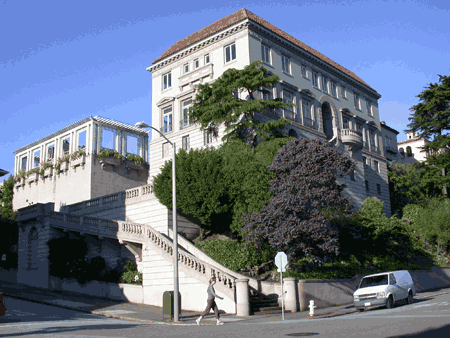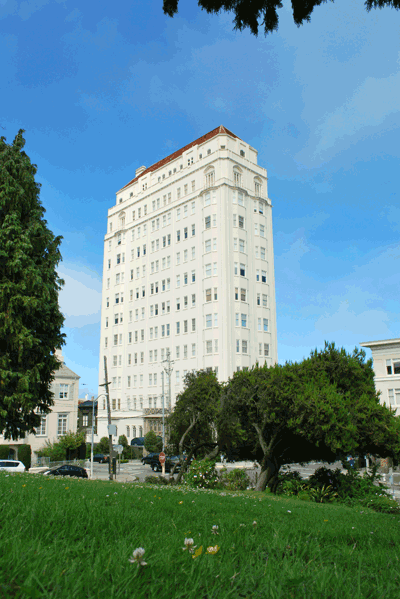Crowds gather outside Delfina Pizzeria on California near Fillmore nearly every day at noon and nighttime. They’re waiting for a table, preferably one of the coveted spots out front.
Soon the waiting may be more convivial — and the odds of snagging an outside table considerably improved — when the Fillmore Stoop is completed. It’s the first parklet in the neighborhood — and one of the few with a proper name — although the take-back-the-pavement mini-parks are already a big hit in North Beach, on Divisadero and especially along Valencia Street. They transform one or two parking spots into a public space, usually with tables and chairs and a bit of greenery.
The Fillmore Stoop is the creation of Jessica Weigley and Kevin Hackett, architects whose firm, Siol Studios, is at Fillmore and Clay. Their proposal takes the parklet idea a step further by creating sculptural benches and planters in two parking spots, with room for four or five tables from Delfina. They gained the endorsement of neighboring businesses and persuaded Chase Bank — coming soon across the street — to pony up $25,000 to cover construction costs.
The city has approved the plans and issued permits. Most of the work will be done off-site, with installation in late March or early April.
Filed under: Art & Design, Civics, Home & Garden | 2 Comments »





